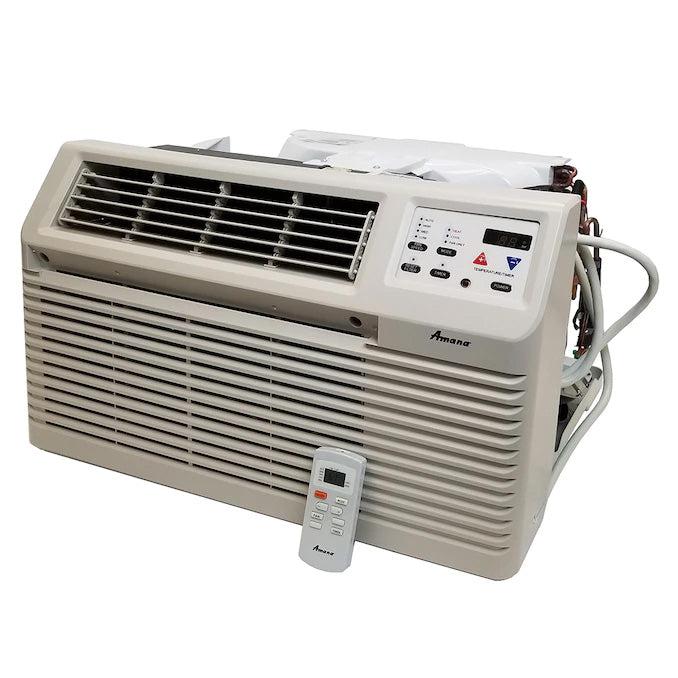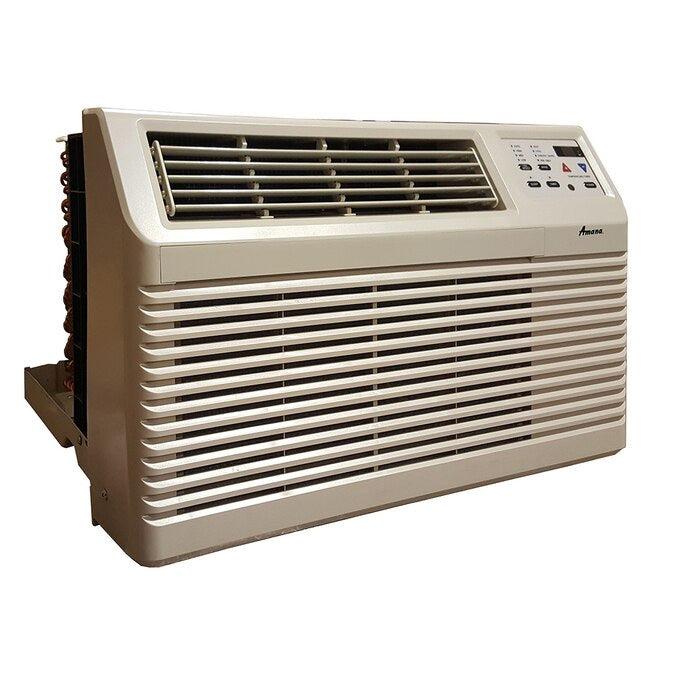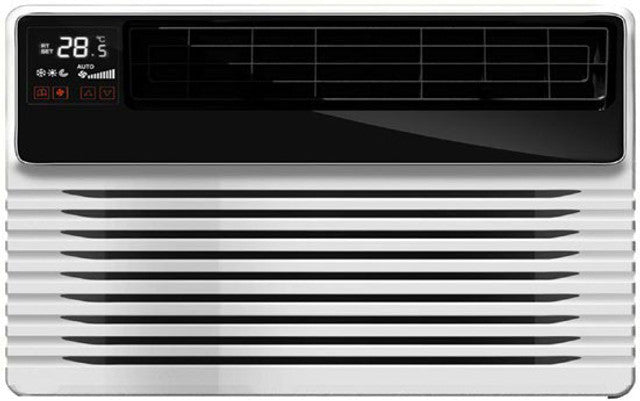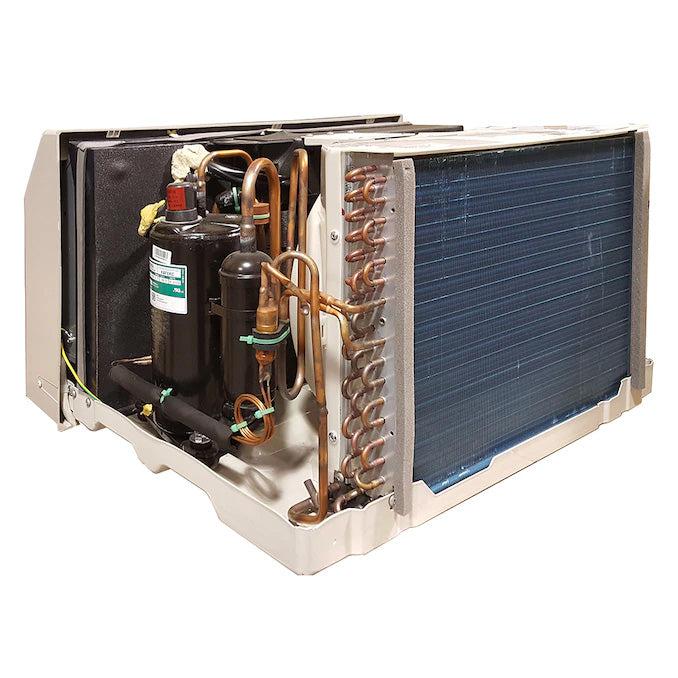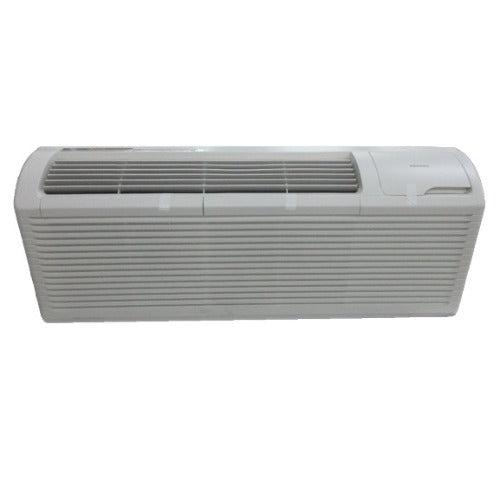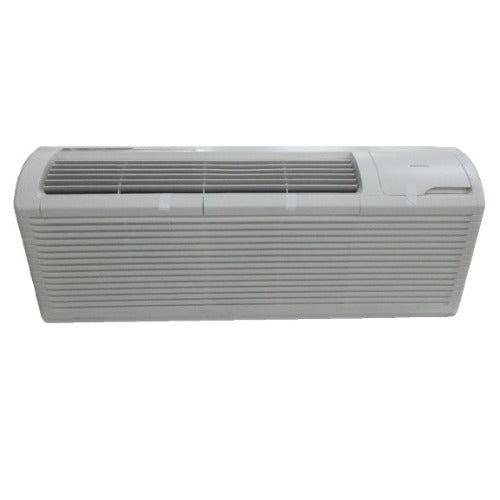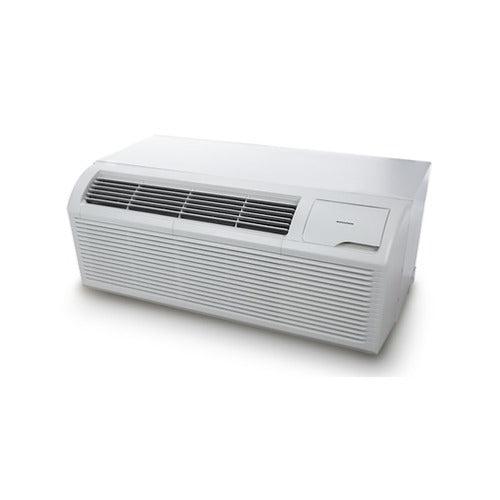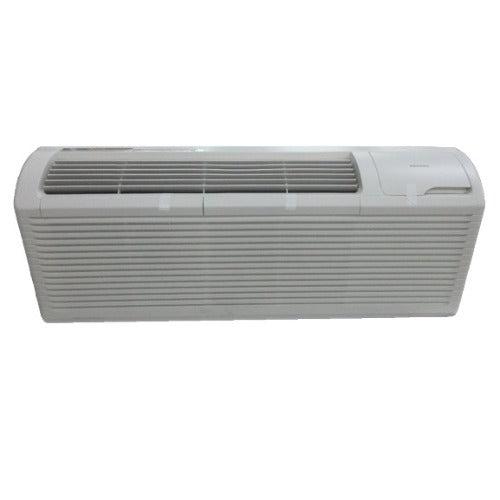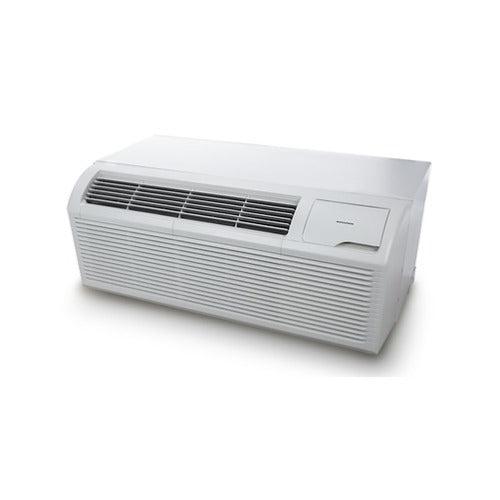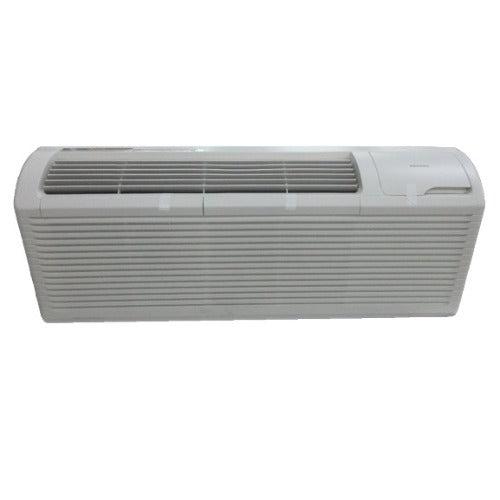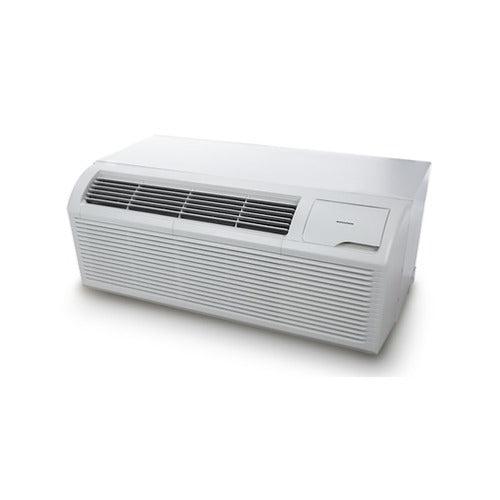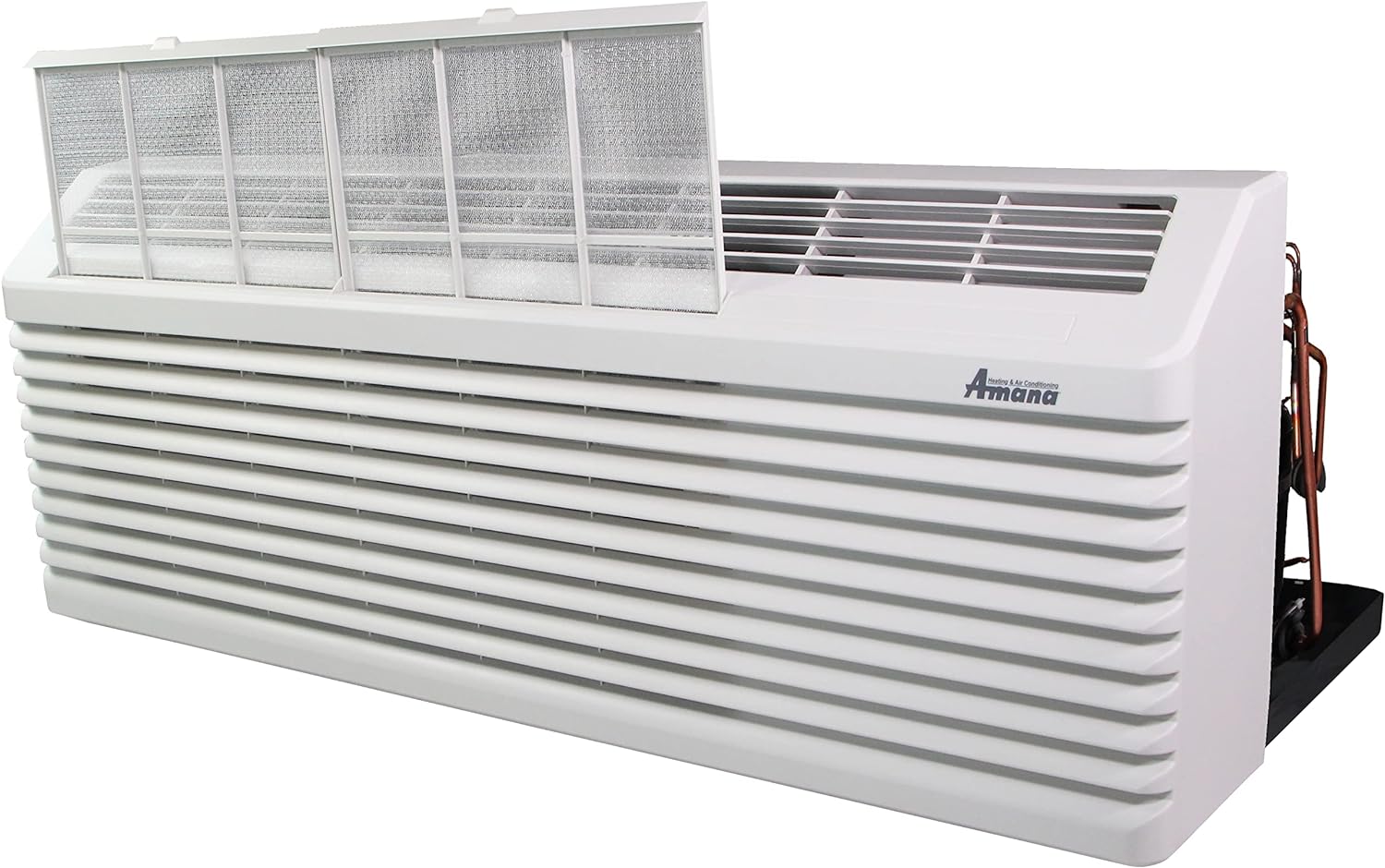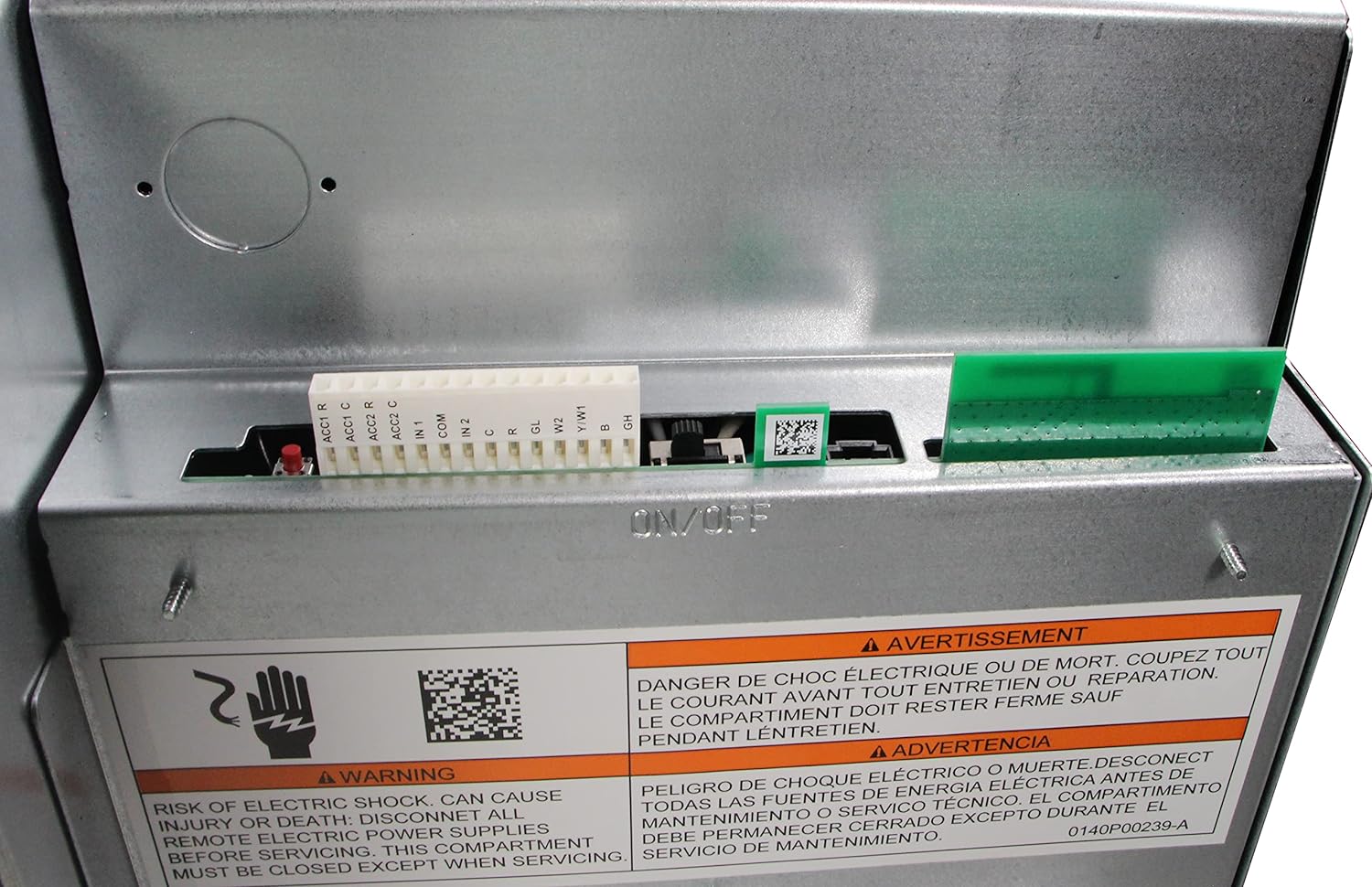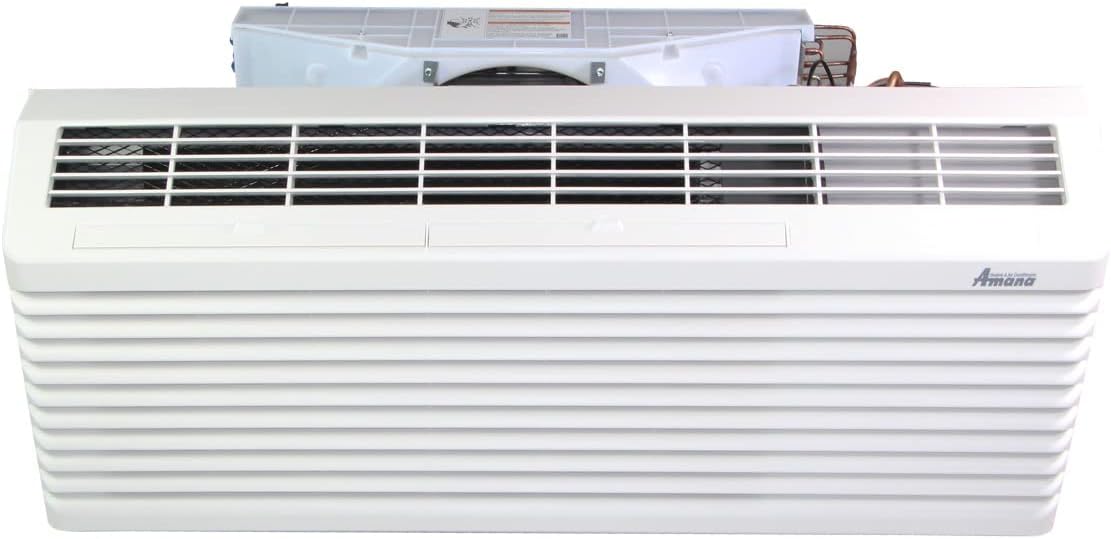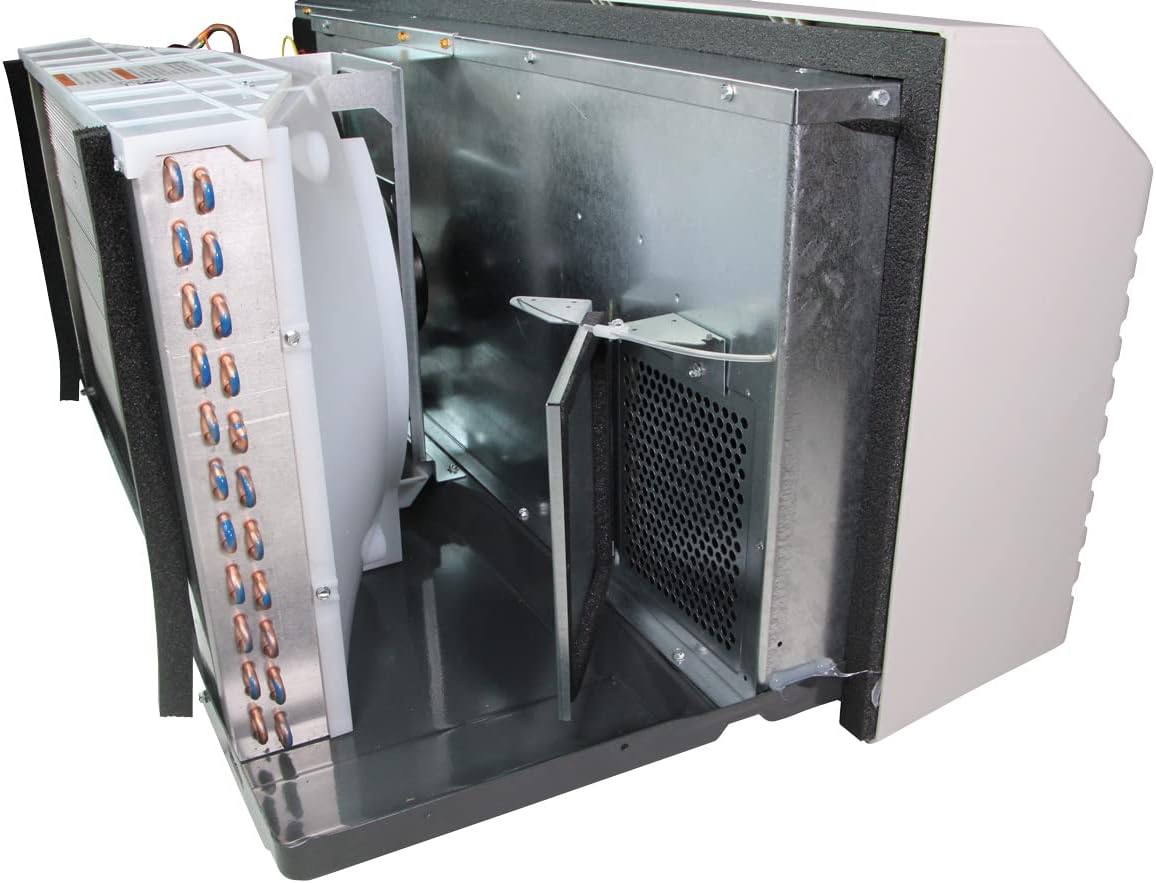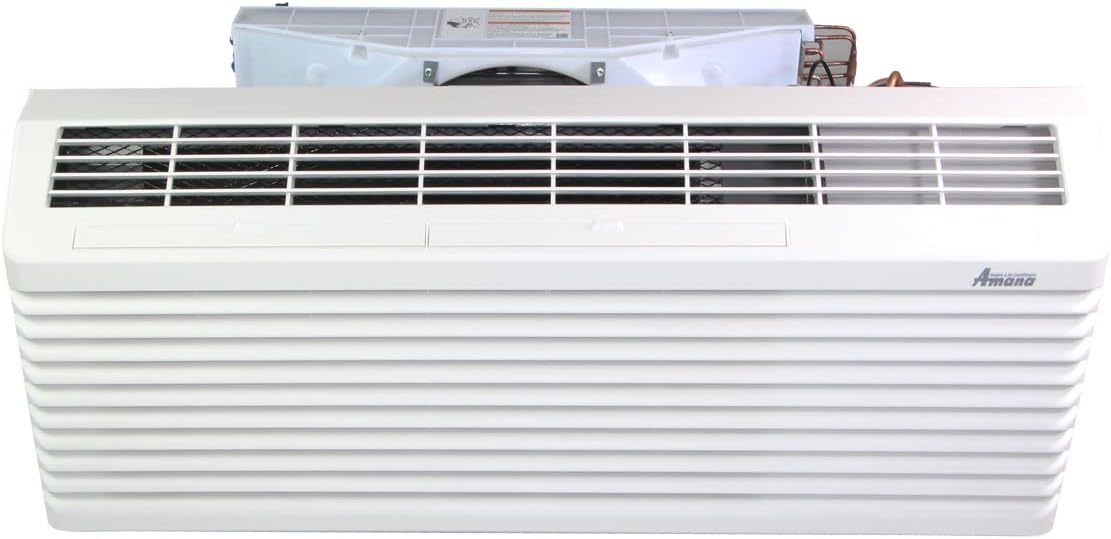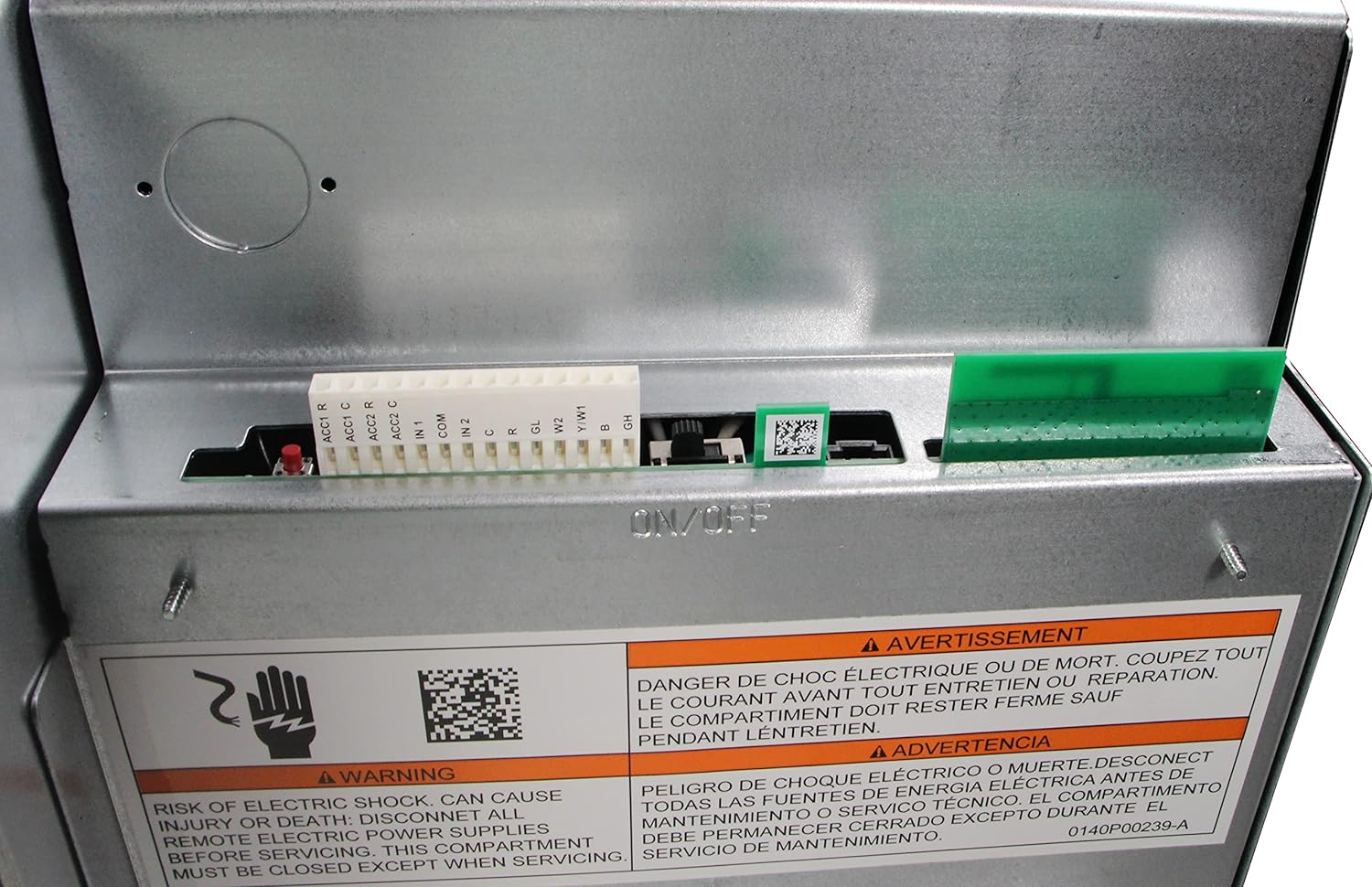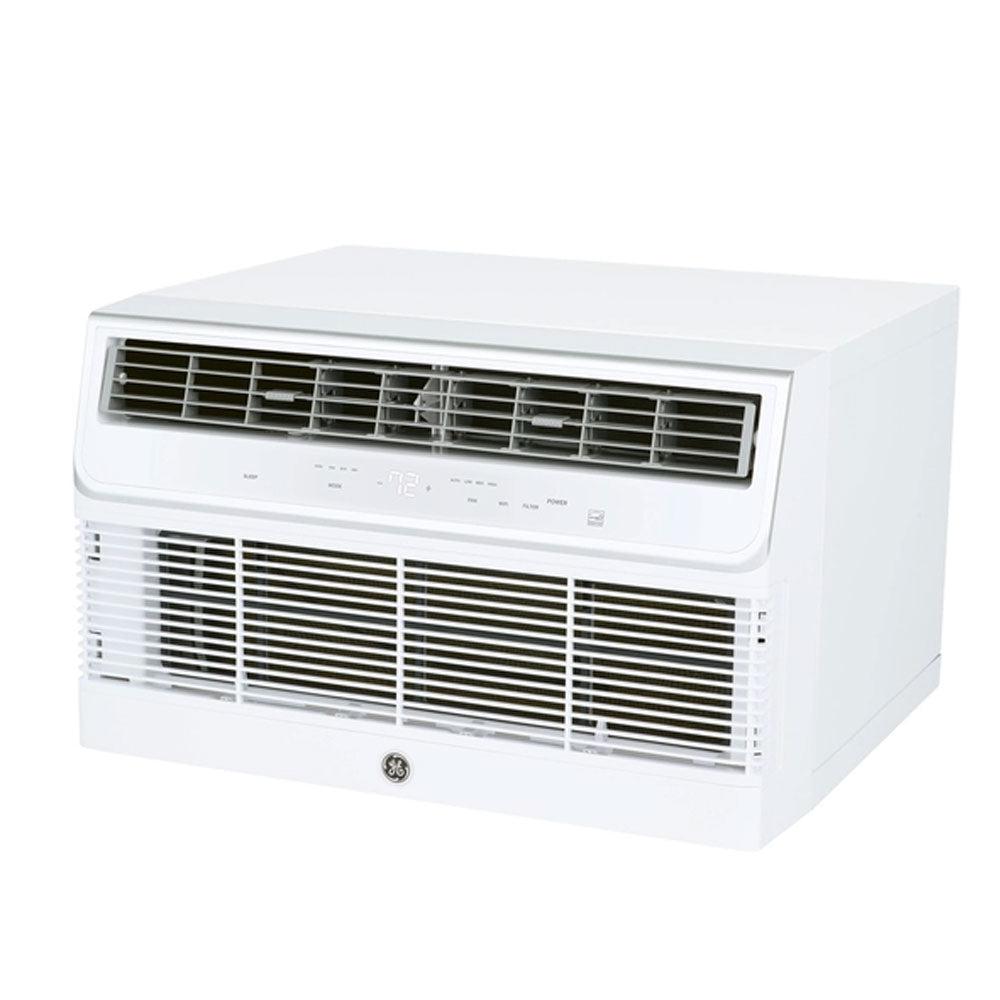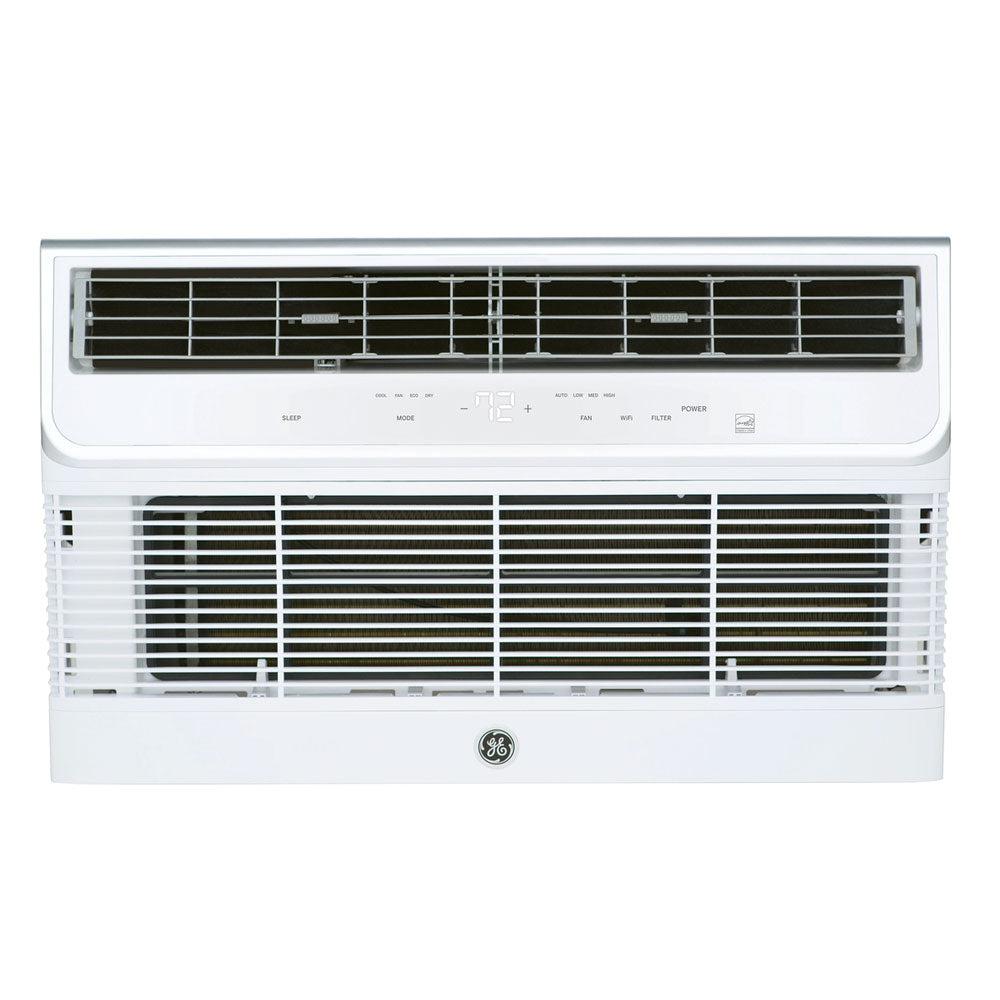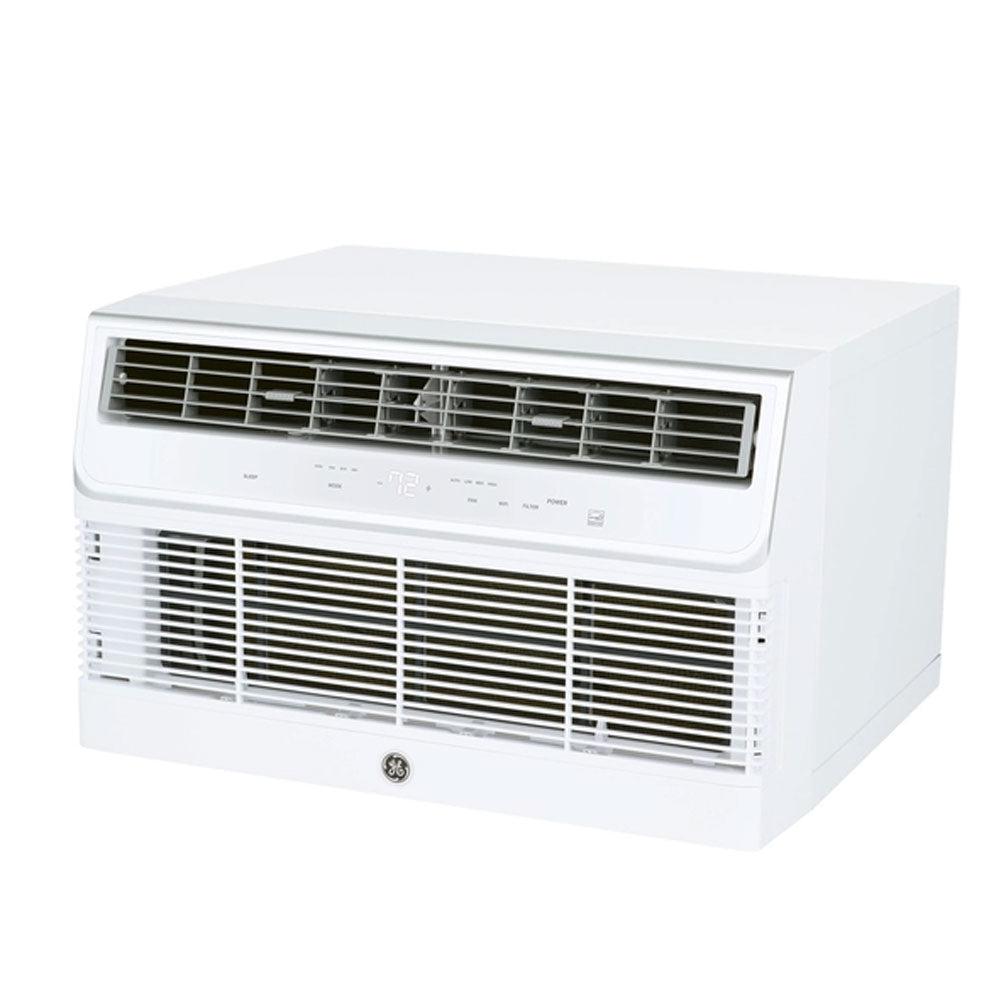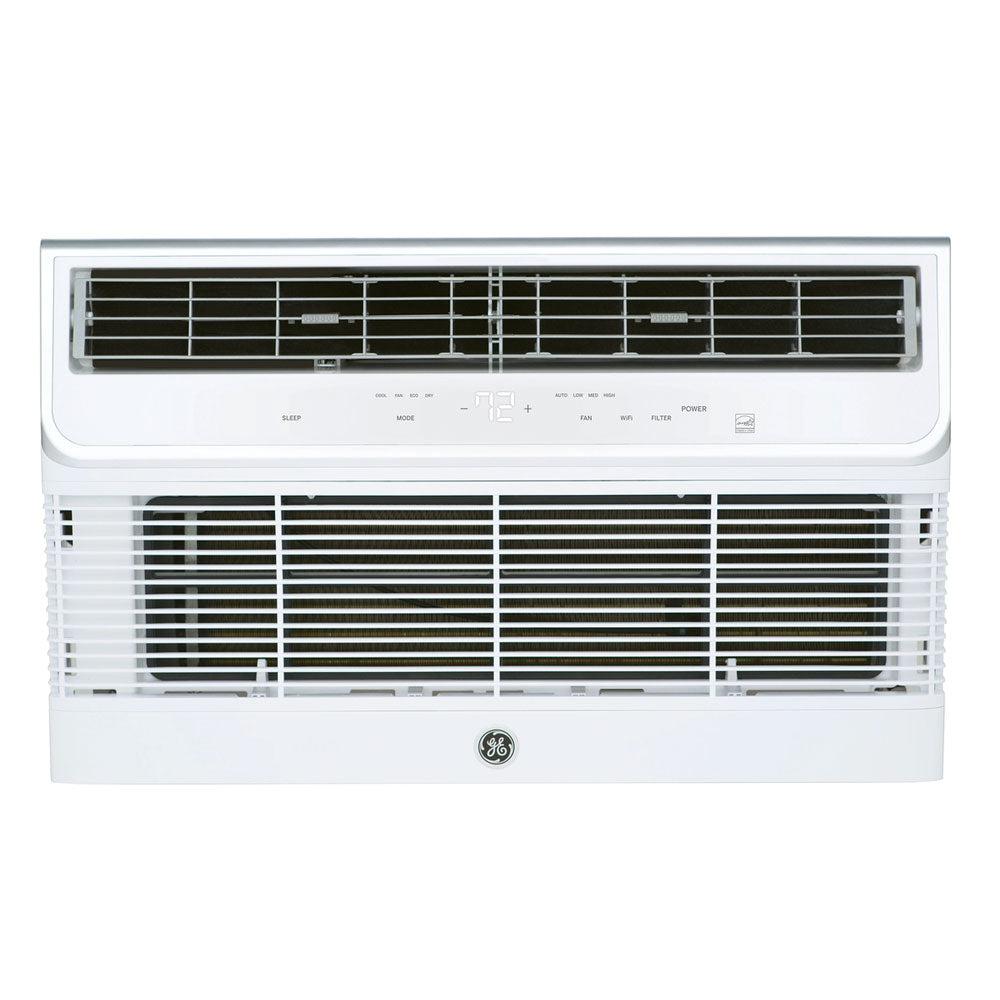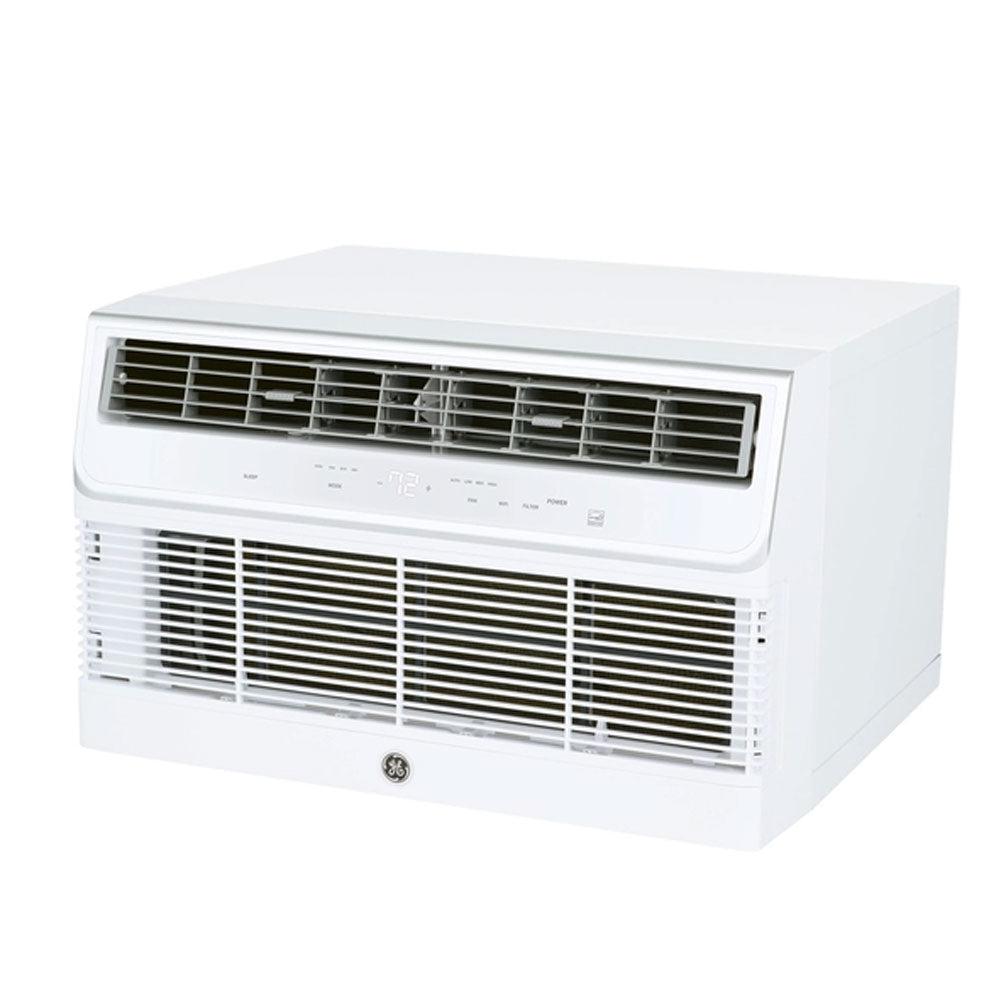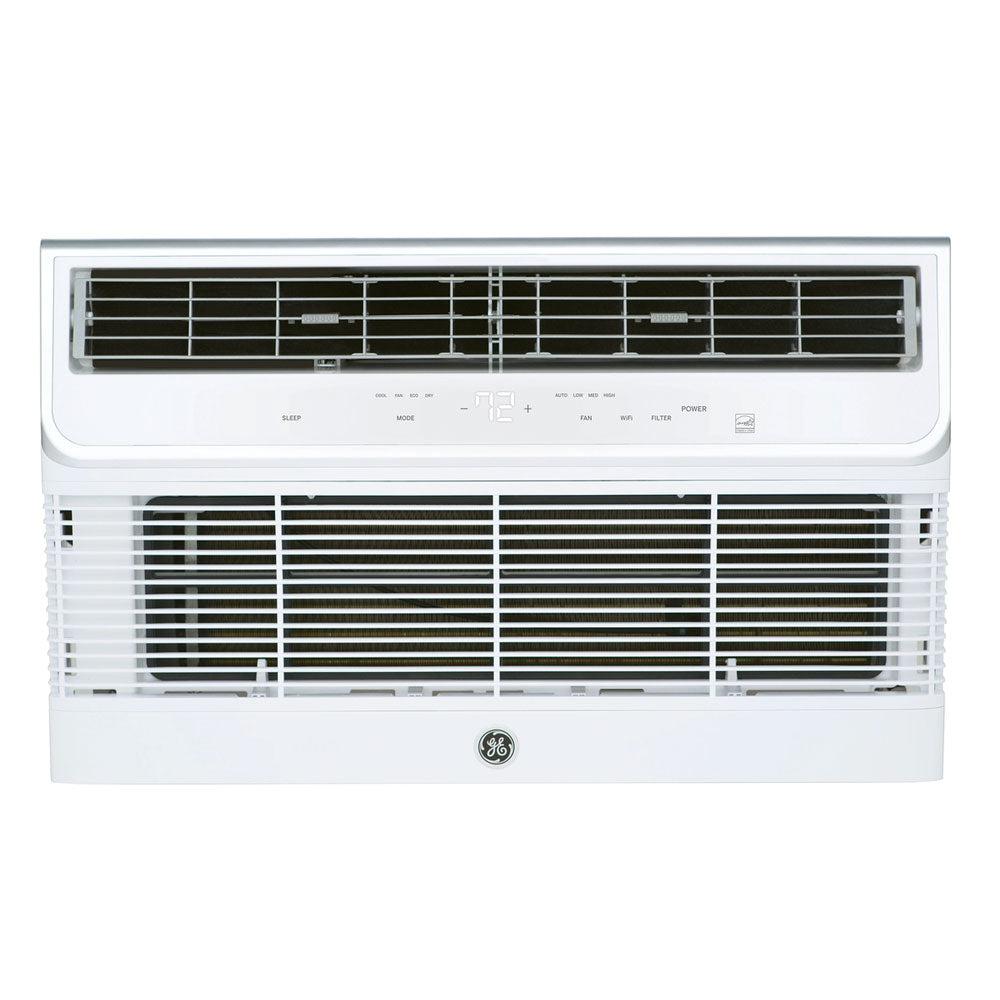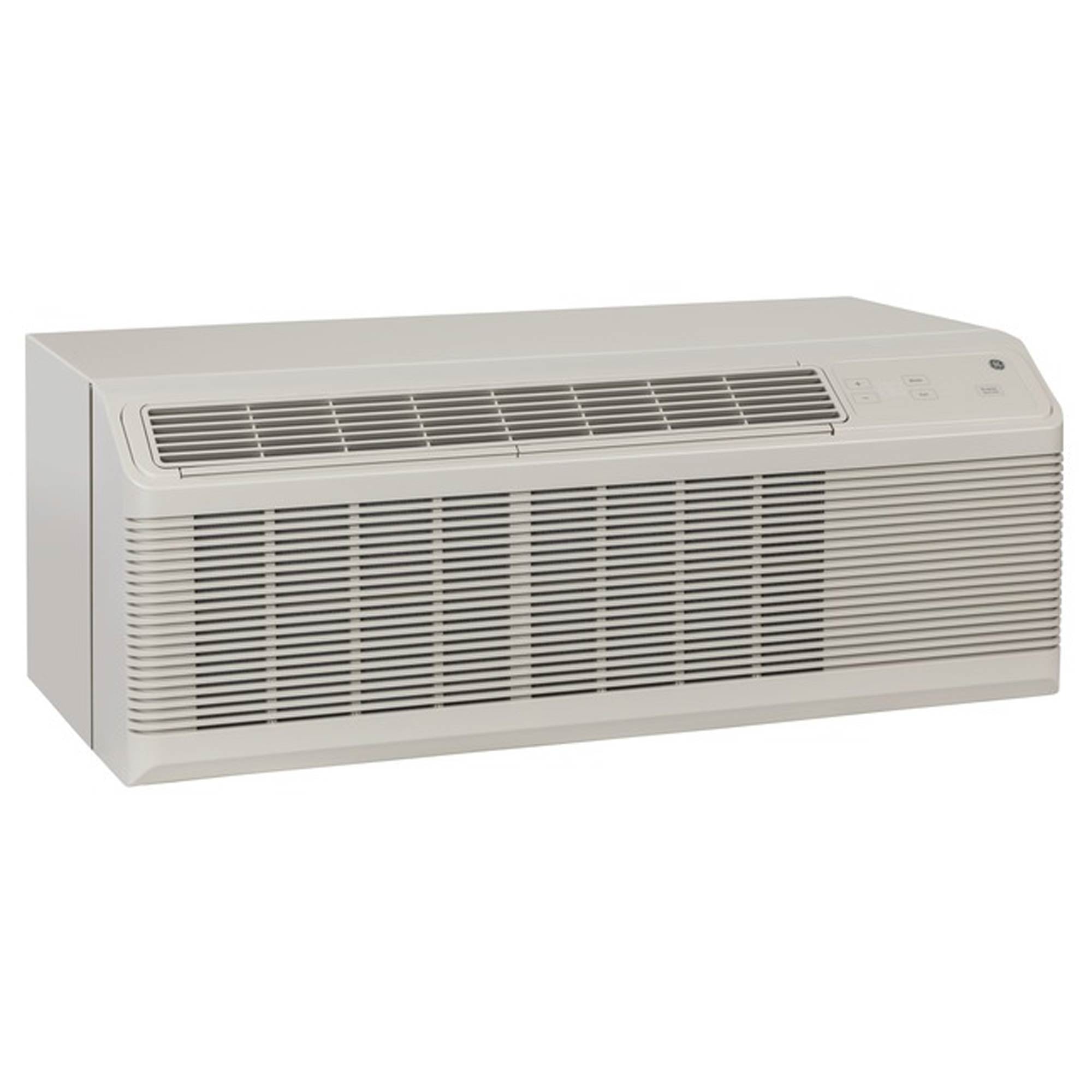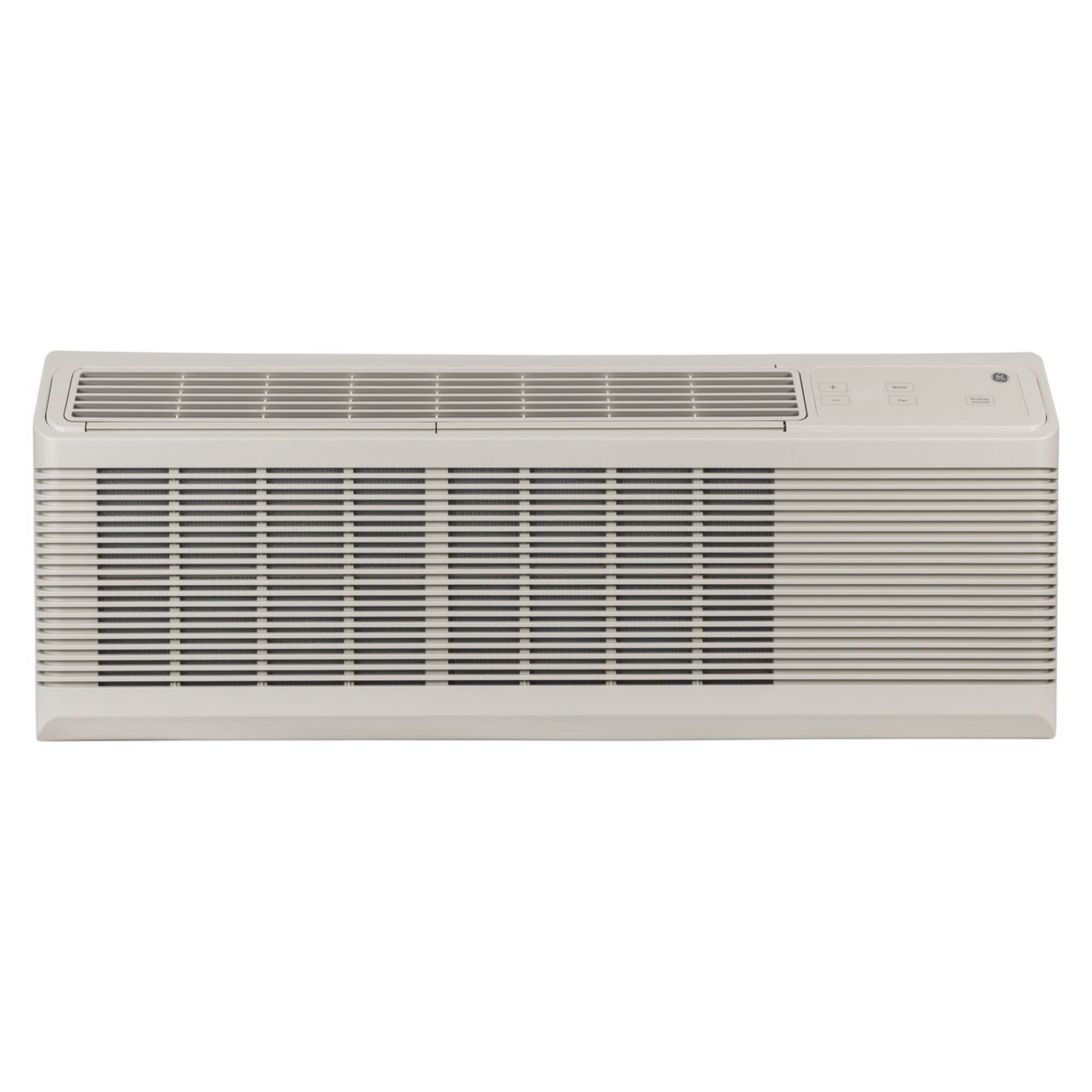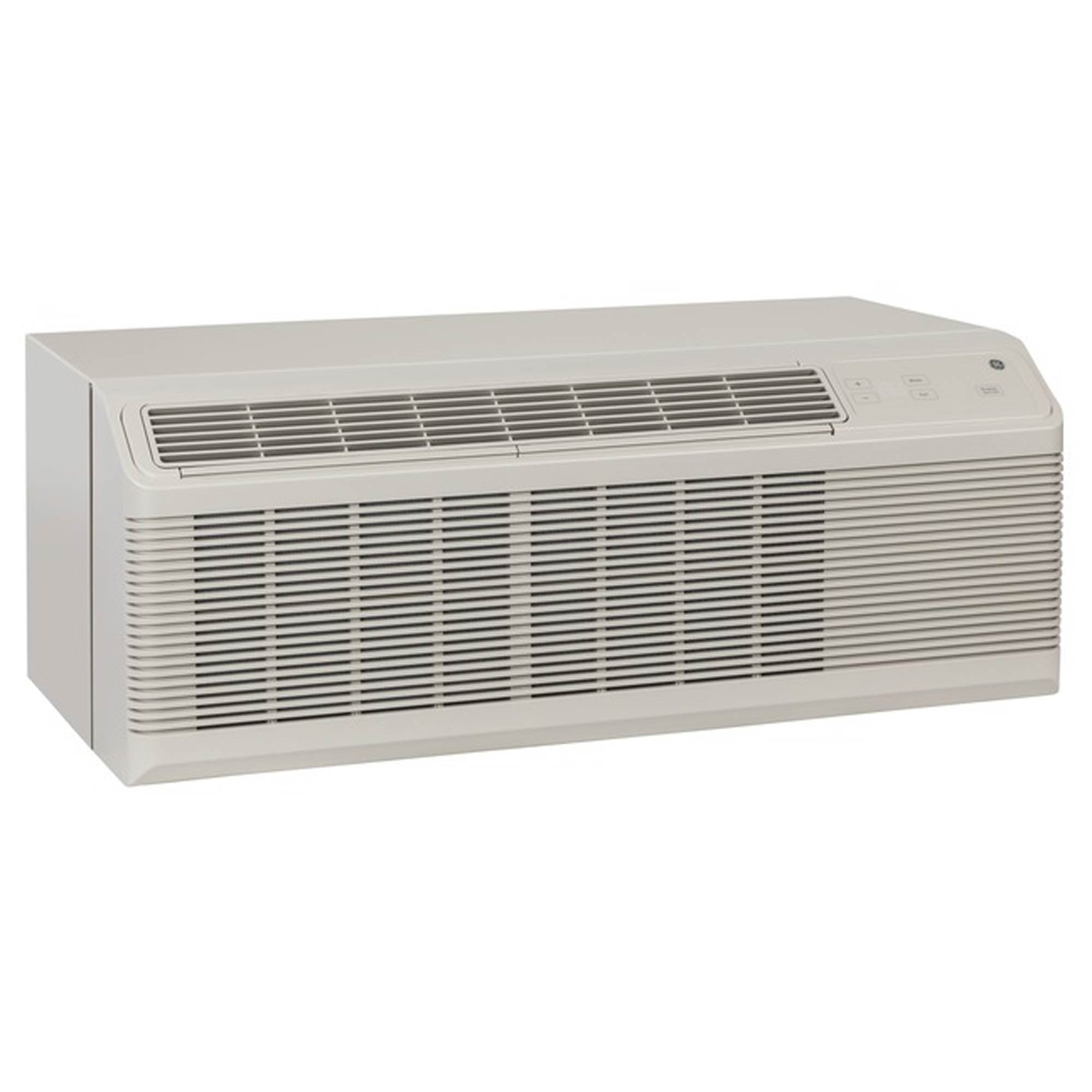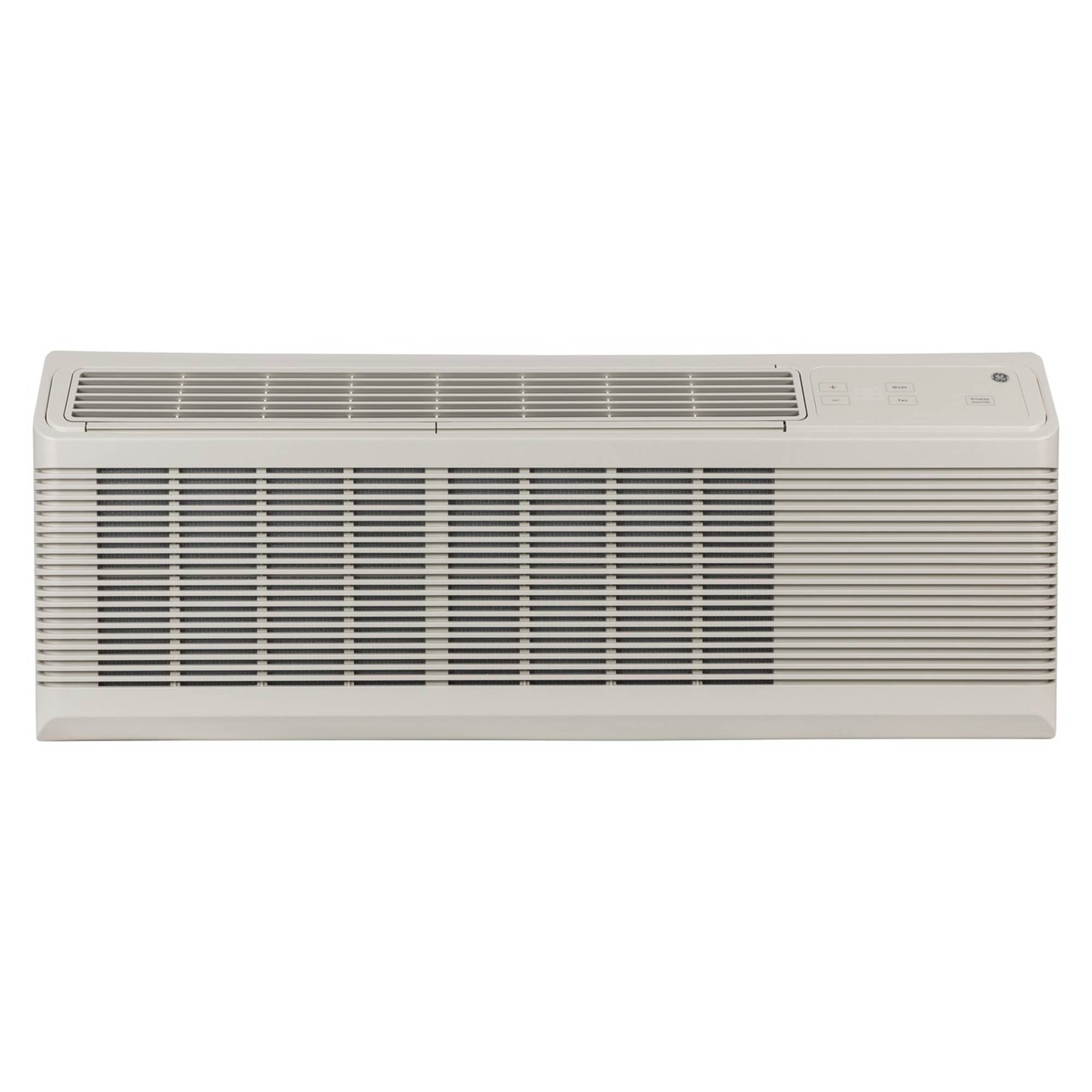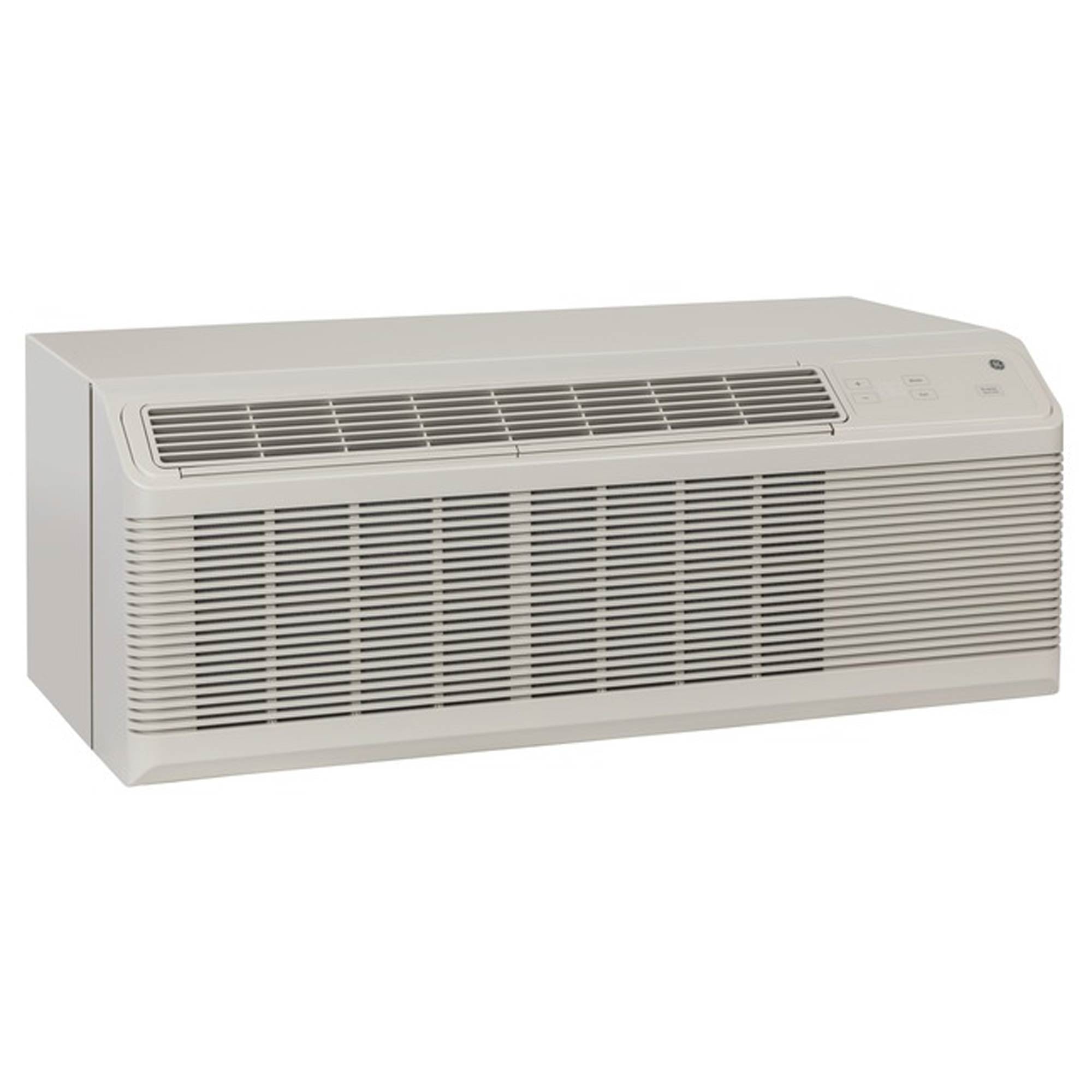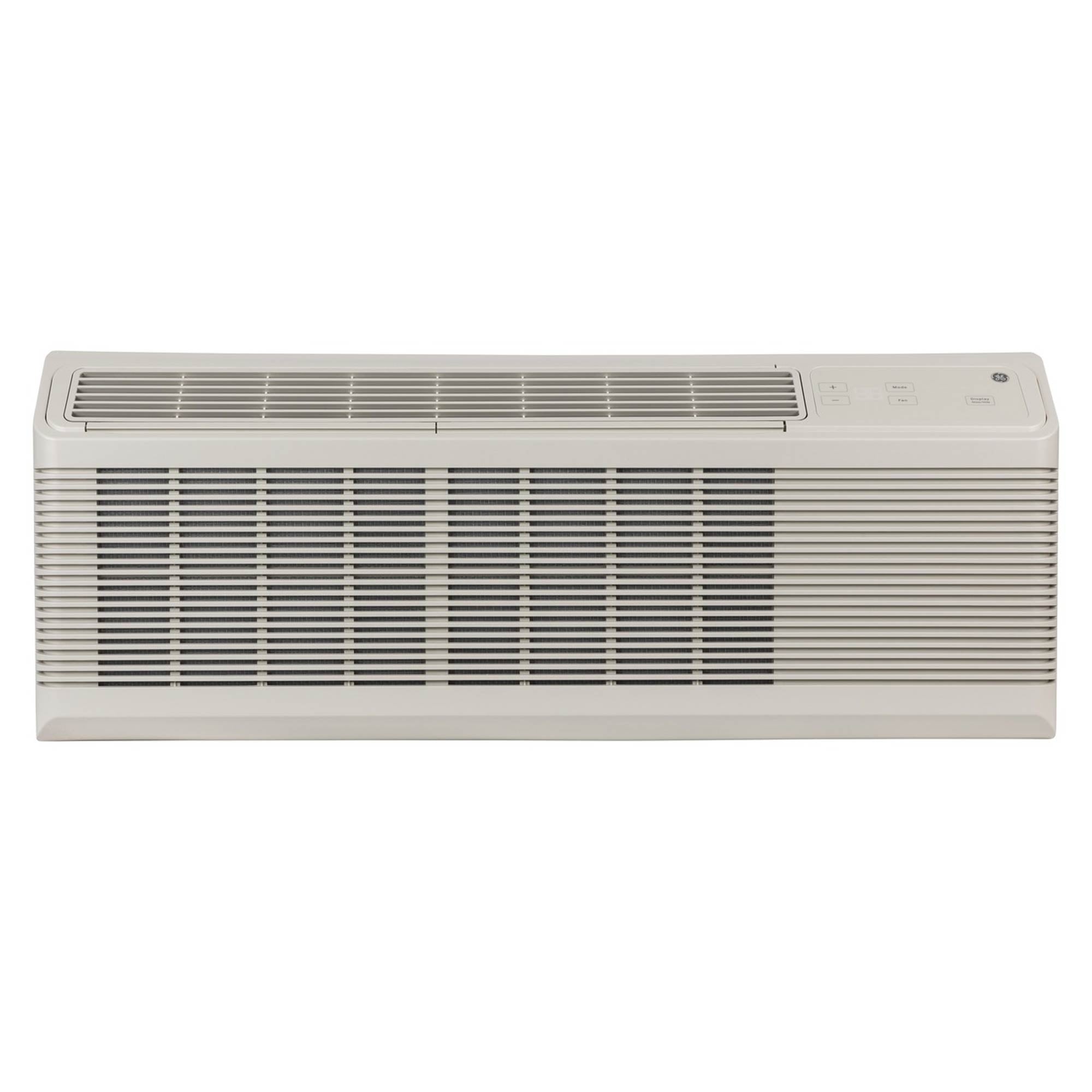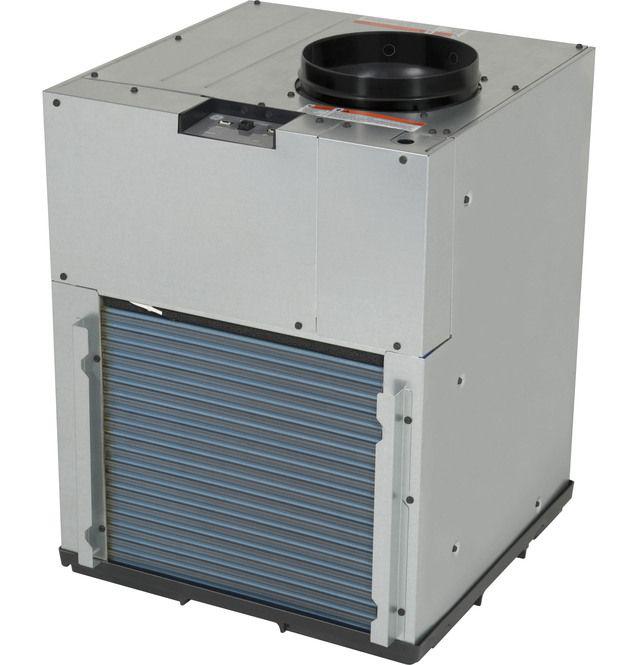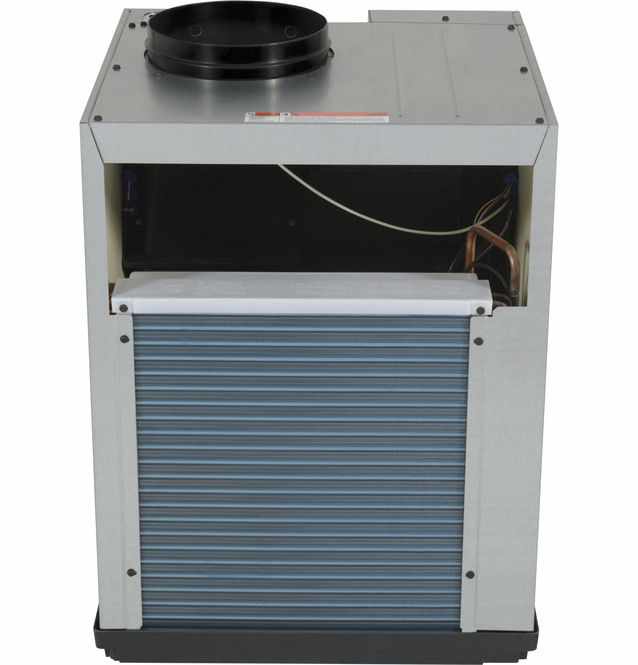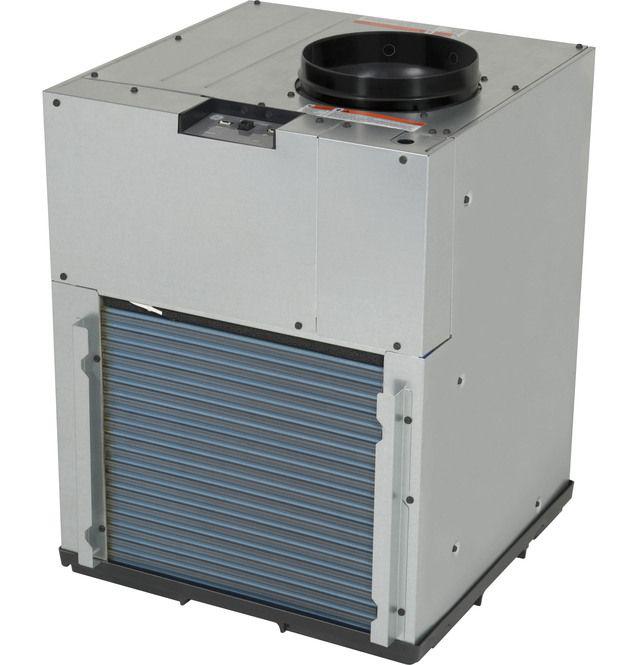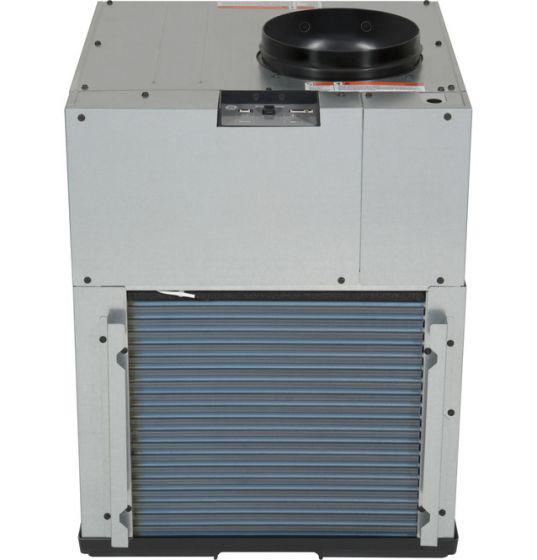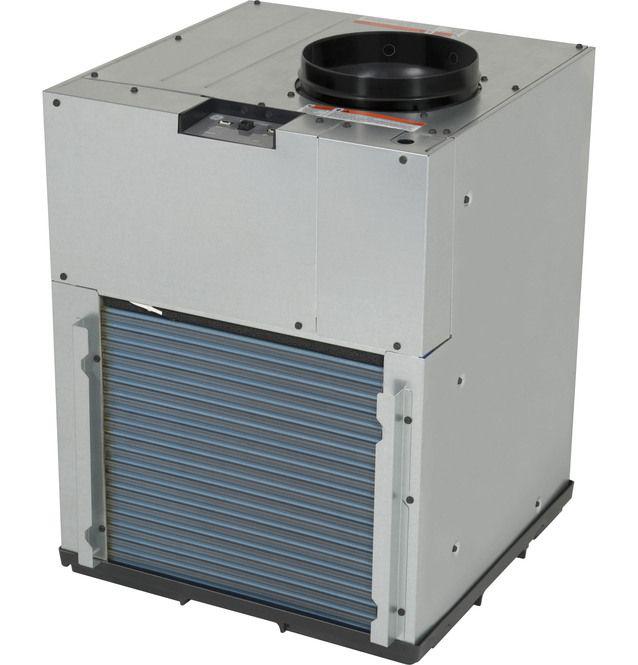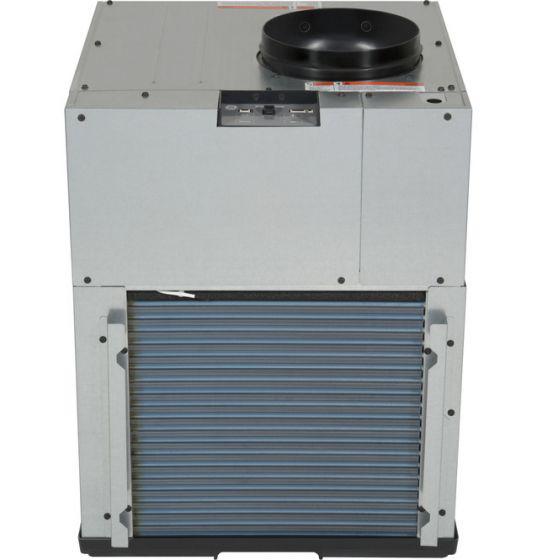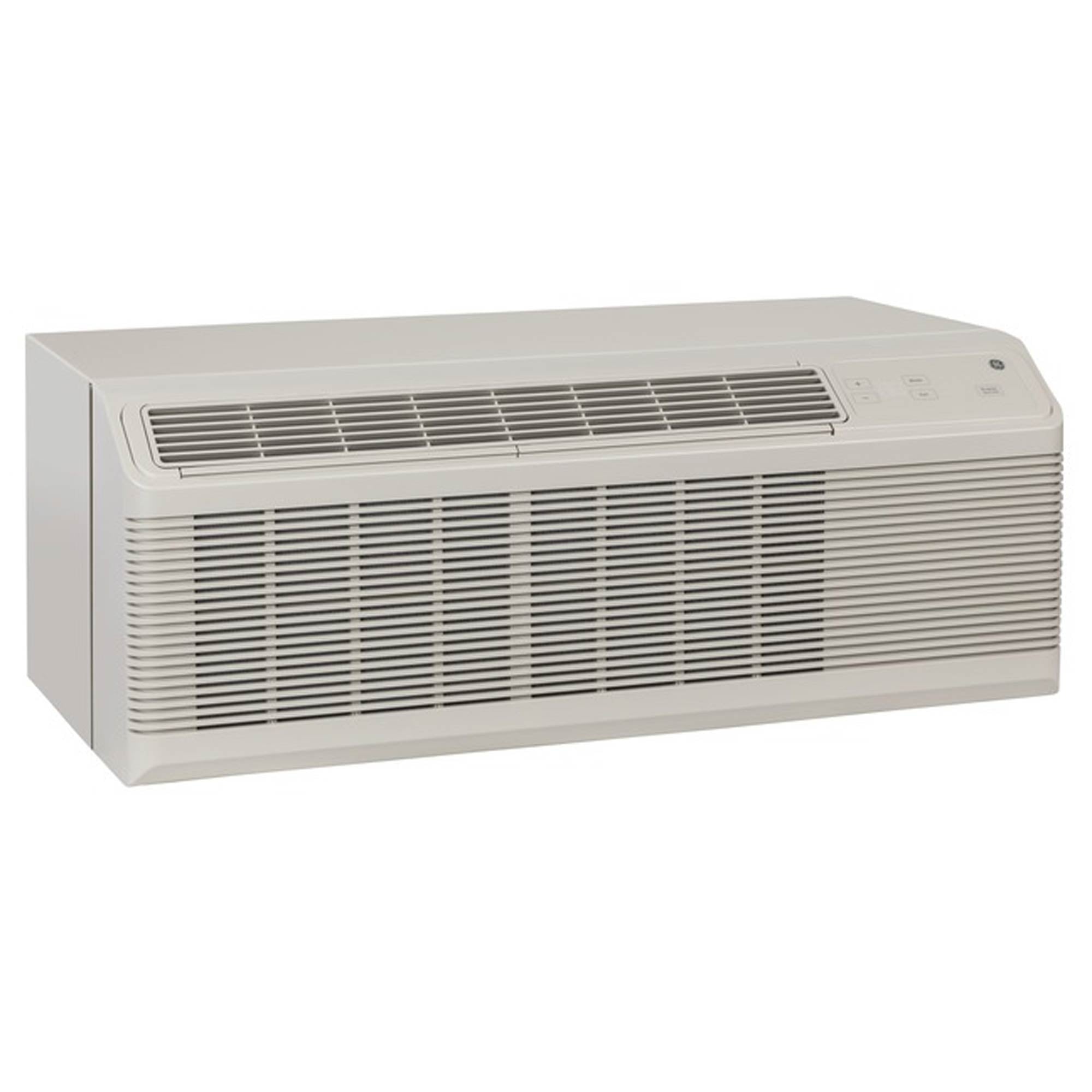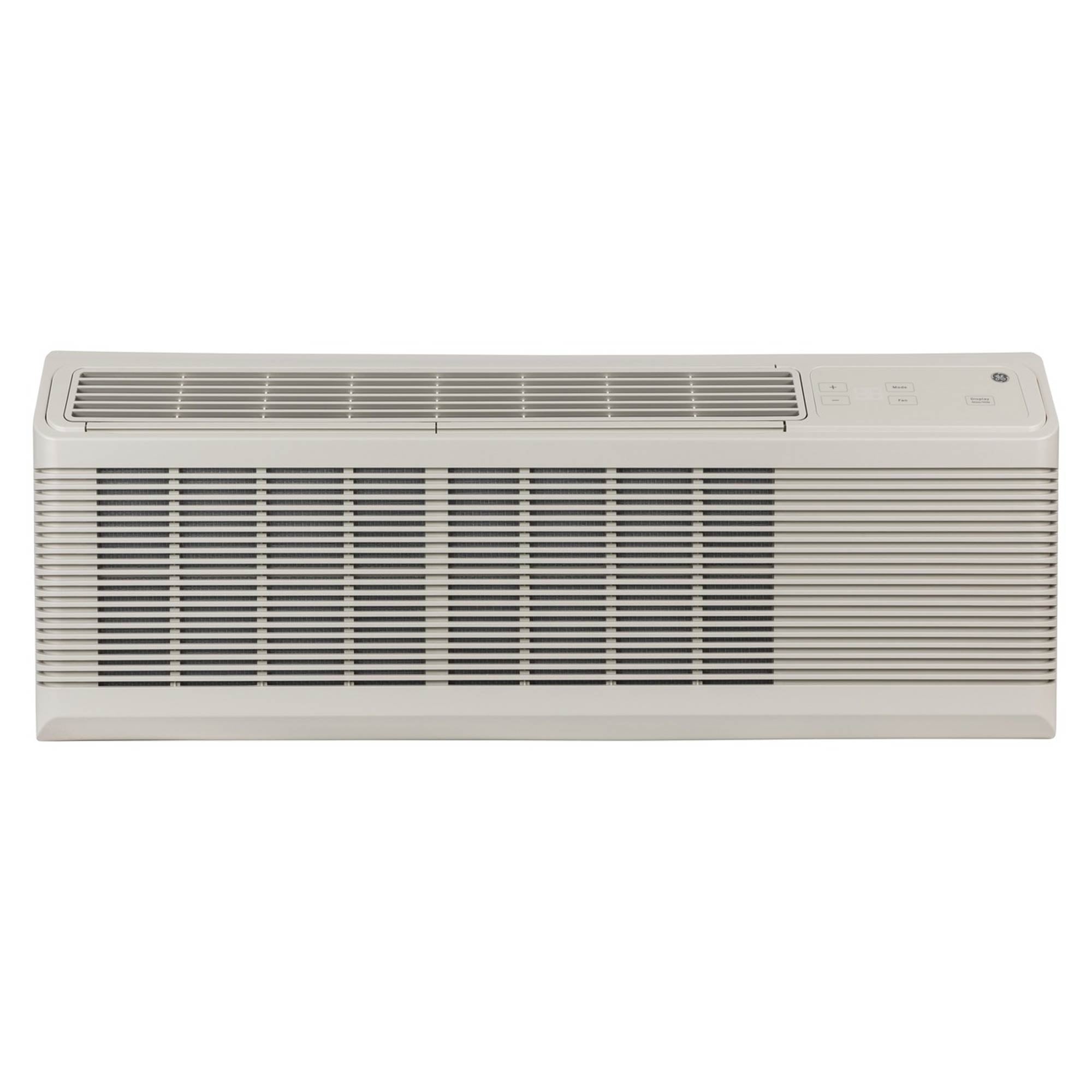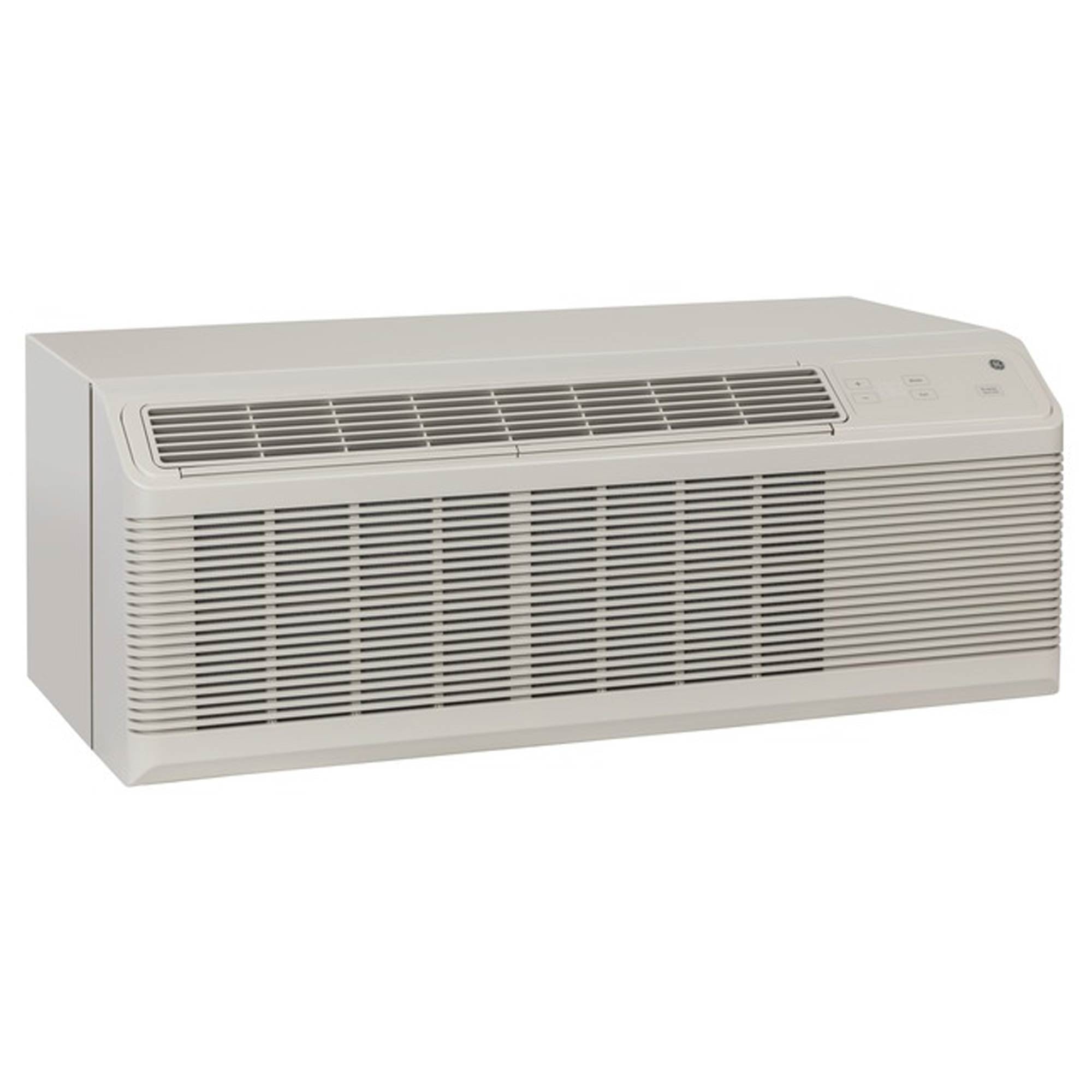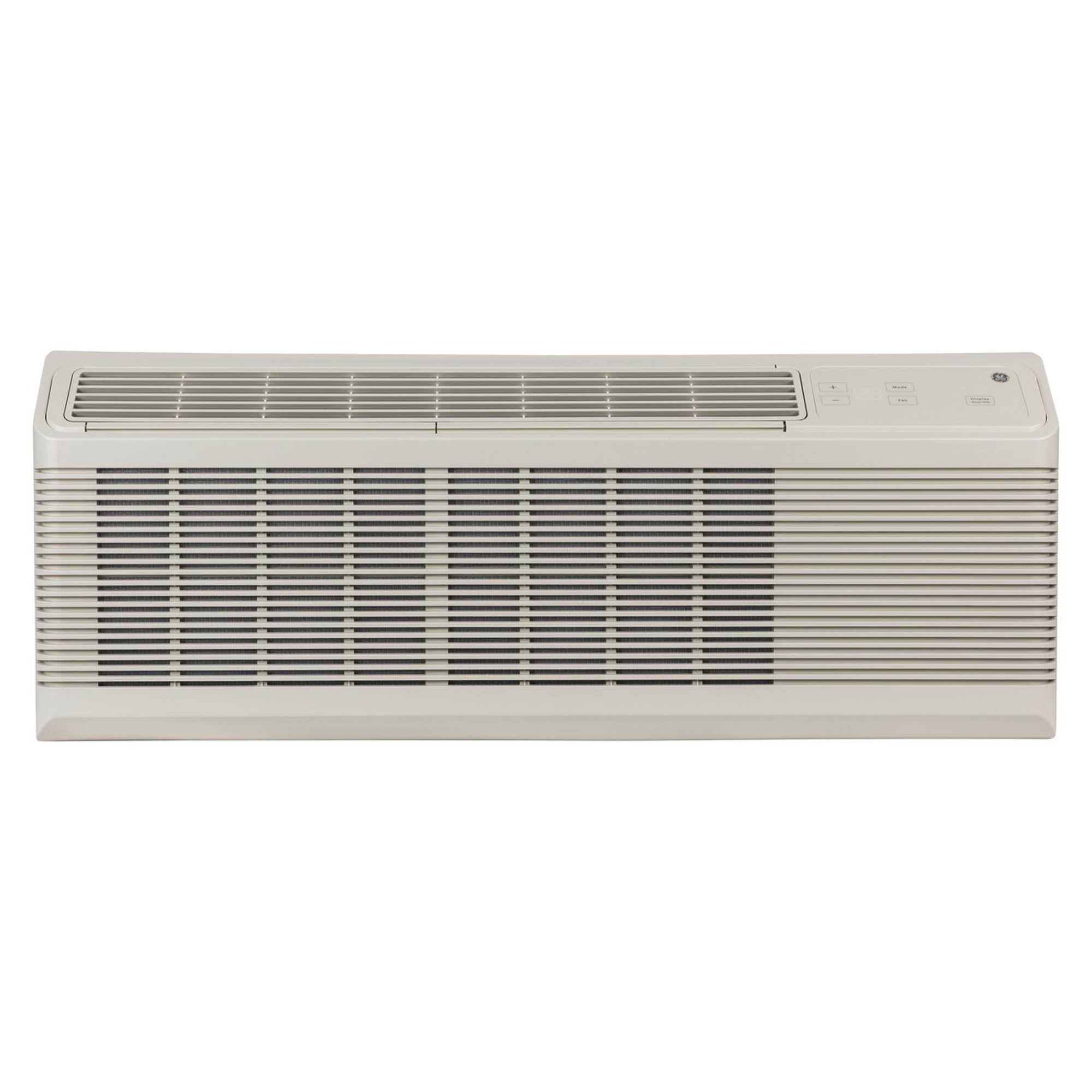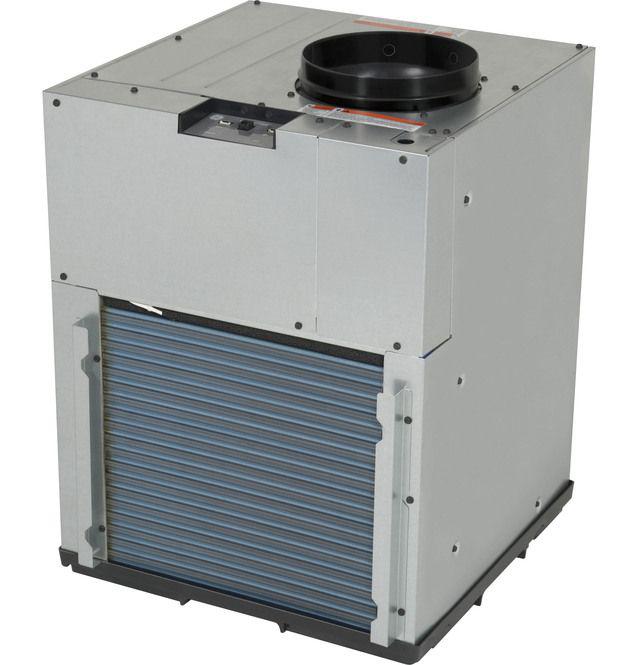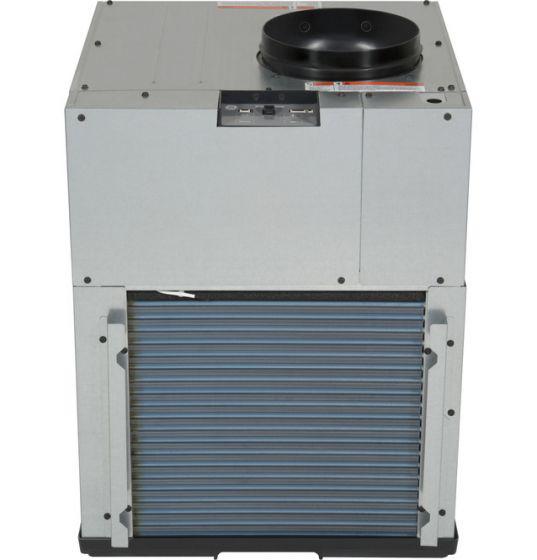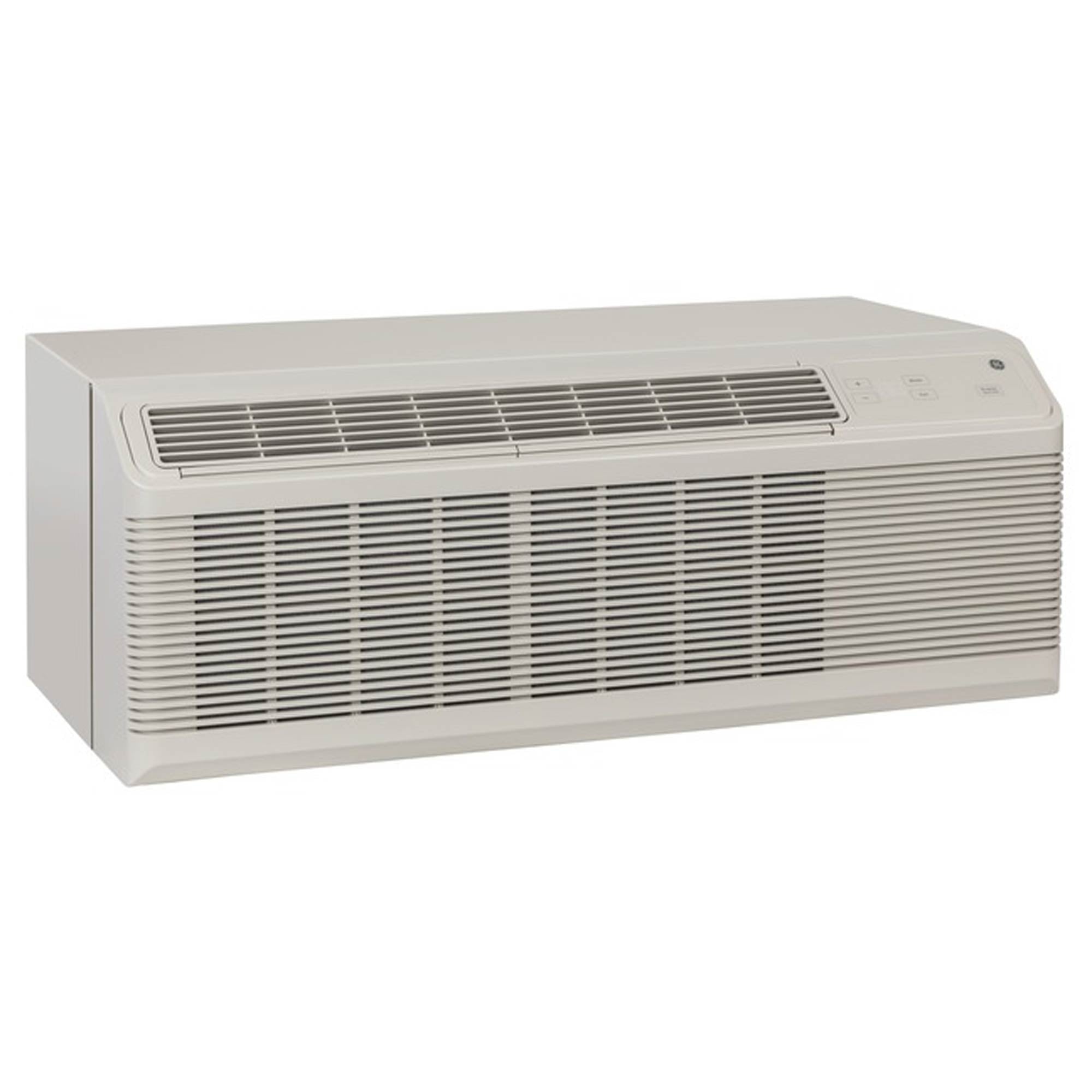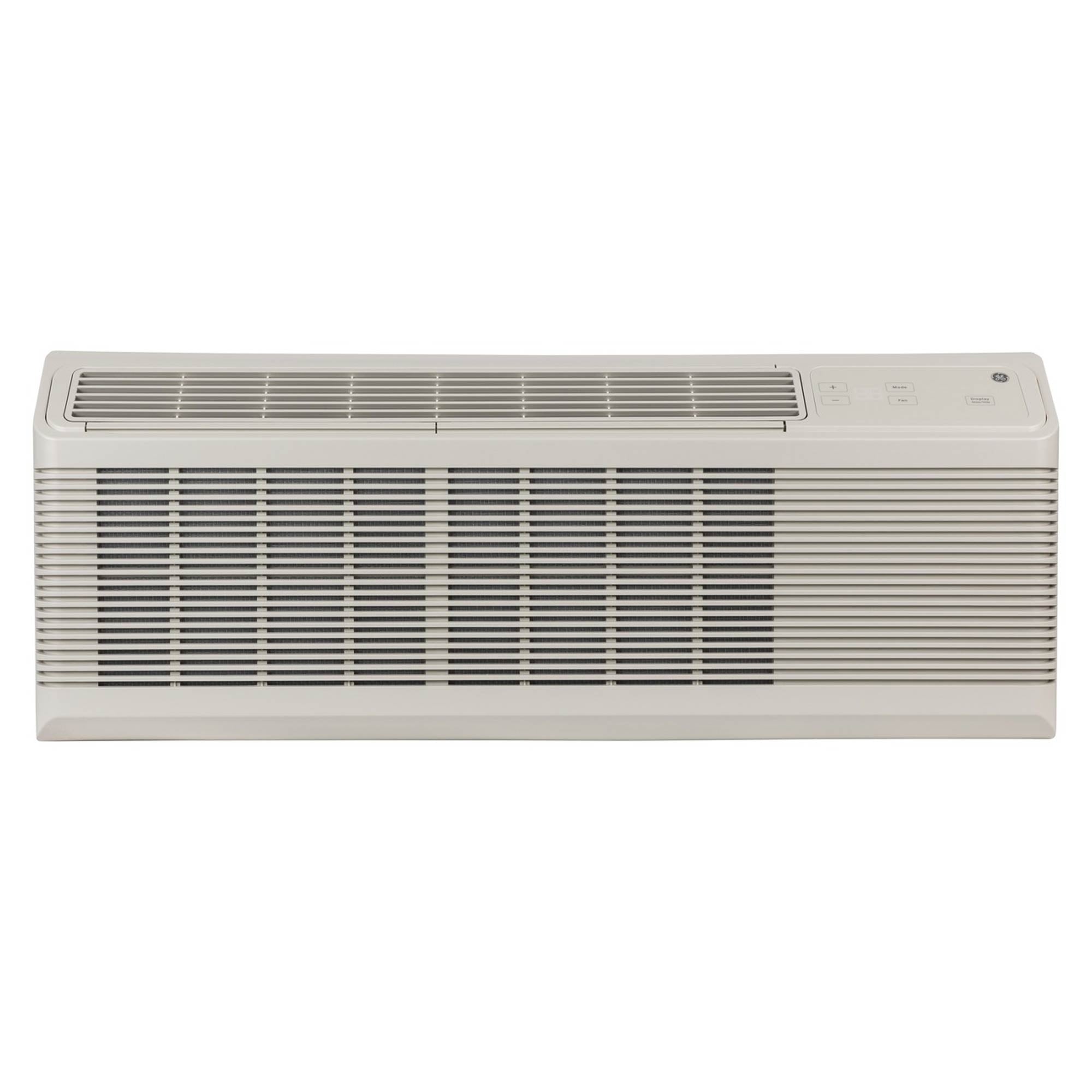Best Selling PTAC's
31 products
Showing 1 - 24 of 31 products
PTAC (Packaged Terminal Air Conditioner) and VTAC (Vertical Terminal Air Conditioner) units are types of self-contained HVAC systems commonly used in hotels, apartments, and other multi-room buildings. They are designed for individual room temperature control and are highly valued for their ease of installation, cost-effectiveness, and compact design. Below is a detailed explanation of each system, along with a comparison of their features and uses.
PTAC Units
Packaged Terminal Air Conditioners (PTACs) are wall-mounted units that provide both heating and cooling in a single compact system. PTAC units are commonly found in hotels, motels, hospitals, assisted living facilities, and other multi-room buildings. They are installed through an external wall, with the rear of the unit venting outside and the front positioned within the room to control the interior climate. PTACs are often used where centralized HVAC systems are impractical or too costly to install.
How PTACs Work:
PTACs contain all necessary components for heating and cooling, including a compressor, fan, and evaporator coil, within one unit. They operate similarly to a window air conditioner but also offer heating, usually through an electric resistance heater or a heat pump. The system is controlled via a built-in thermostat, giving the user direct control over room temperature.
Key Advantages of PTACs:
- Cost-effective: PTACs are typically less expensive than centralized HVAC systems both in terms of initial installation and ongoing maintenance.
- Ease of installation: Because they are self-contained and wall-mounted, PTACs do not require complex ductwork or extensive renovation.
- Individual Room Control: Each PTAC unit serves a single room or area, allowing occupants to adjust their environment independently.
- Versatility: PTACs are available in various sizes and capacities, making them suitable for a wide range of room sizes.
However, PTAC units may have higher energy consumption compared to more centralized systems and can be noisier since all mechanical components are housed within the unit. They also require a hole in the wall, limiting aesthetic flexibility in building design.
VTAC Units
Vertical Terminal Air Conditioners (VTACs) are similar to PTACs but differ in their design and installation. VTAC units are typically installed in a closet or mechanical room, providing heating and cooling to one or more rooms through ductwork. While PTACs are wall-mounted, VTACs are vertically positioned, often in a concealed space.
How VTACs Work:
VTAC systems, like PTACs, combine heating and cooling components within a single unit. The difference lies in the installation and distribution method. A VTAC is housed in a vertical cabinet, and air is delivered to the room(s) through ductwork connected to the unit. This setup allows for greater design flexibility, as the HVAC equipment is hidden from view, and the air is distributed more evenly throughout the space.
Key Advantages of VTACs:
- Space-Saving: VTACs are installed in closets or mechanical rooms, making them more aesthetically pleasing and freeing up wall space.
- Quieter Operation: Because VTAC units are installed remotely, often in a closet or enclosed space, the noise level is significantly reduced compared to PTAC units.
- Ducted System: VTACs allow for ductwork, enabling more uniform air distribution, and the ability to serve multiple rooms from a single unit.
- Larger Coverage Area: VTACs can serve larger spaces or multiple rooms, making them suitable for apartments or larger suites where PTAC units might not be sufficient.
PTAC vs. VTAC: Key Differences
- Installation: PTACs are mounted directly on the wall and are visible, whereas VTACs are installed out of sight in a closet or utility room.
- Noise: PTACs can be noisier due to their proximity, while VTACs are quieter since they are installed in enclosed spaces.
- Aesthetics: VTACs offer a cleaner look with no visible unit in the room, whereas PTACs are visible and occupy wall space.
- Heating/Cooling Capacity: VTACs generally serve larger areas or multiple rooms, while PTACs are typically suited for smaller, single-room applications.
Conclusion
